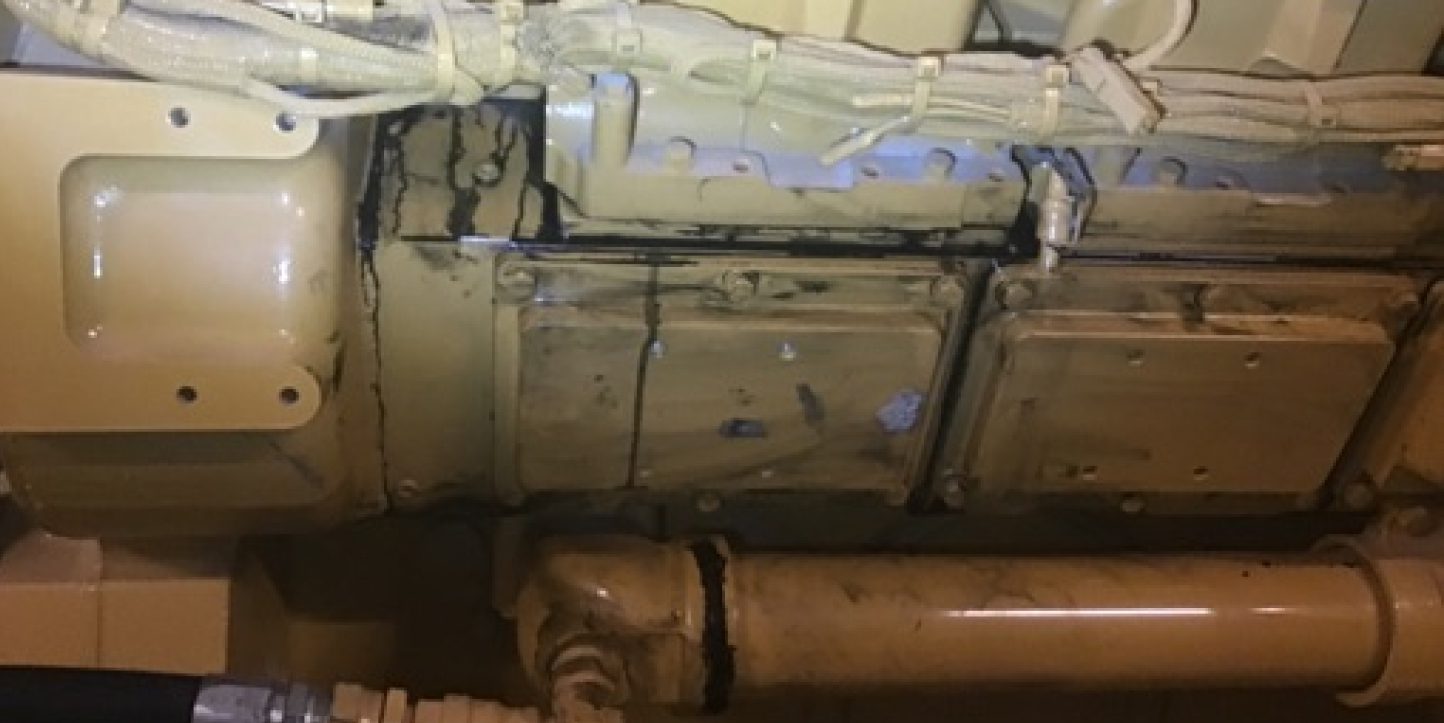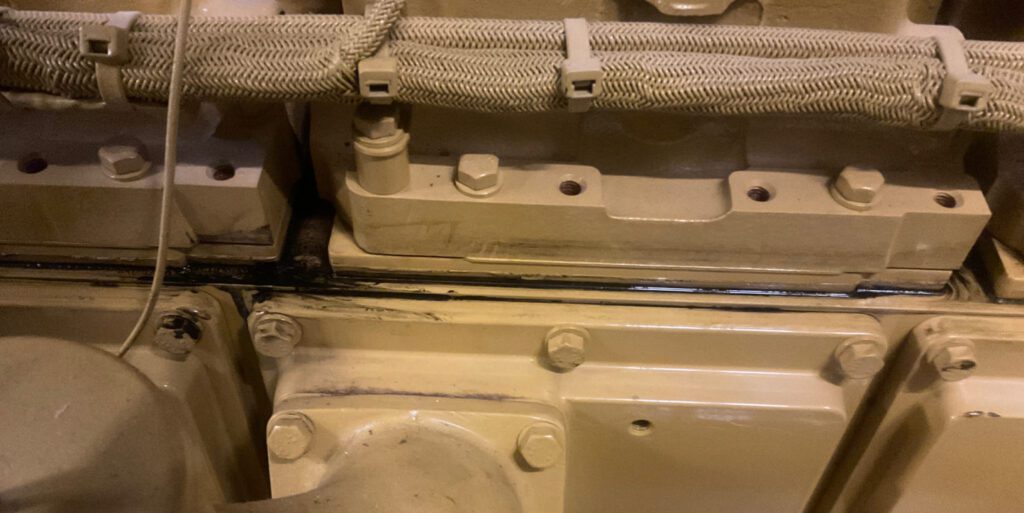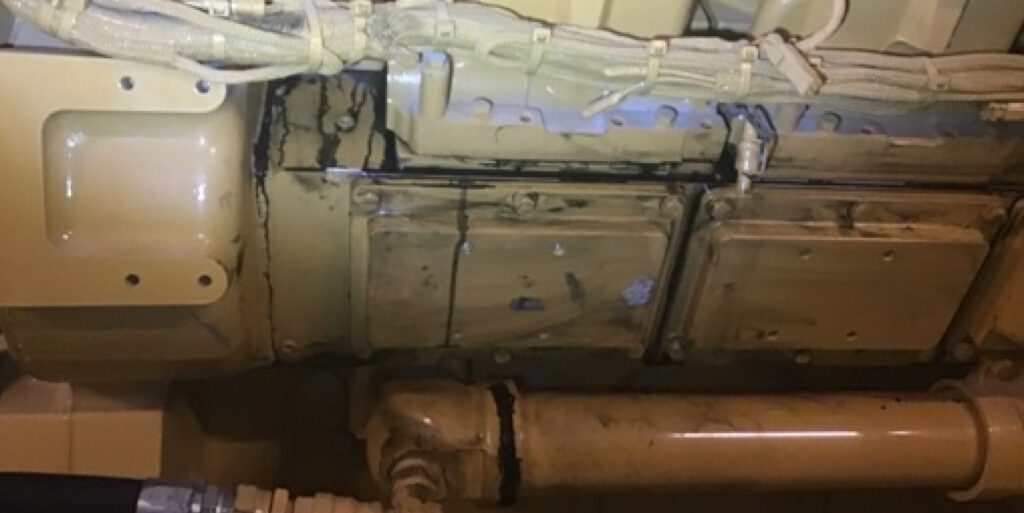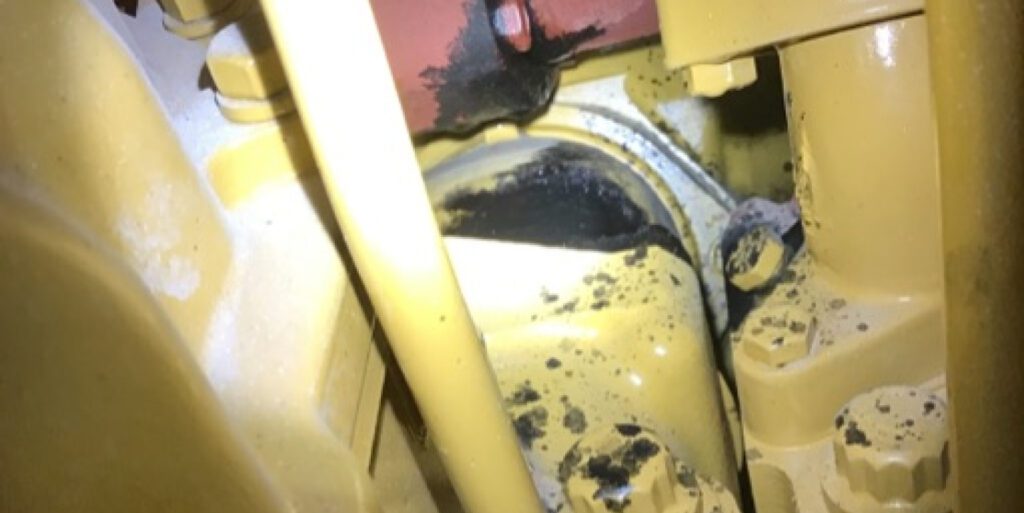Understanding Wet Stacking in Diesel Generators: Causes, Effects, and Prevention

Wet stacking is a condition in diesel engines where unburned fuel passes into the exhaust system, often identified by an oily, black residue around the exhaust manifold, piping, and turbocharger.
If left unchecked, this phenomenon can lead to severe engine performance issues and even premature engine failure. At Weld Power Generator, we emphasize the importance of regular generator maintenance and load bank testing to prevent and manage wet stacking in your generators.
Table of Contents
What Causes Wet Stacking?
Wet stacking typically occurs when a diesel engine runs at light loads for extended periods. For a diesel engine to achieve efficient combustion, it must operate at a designated temperature and maintain a precise air-to-fuel ratio.

Here are the primary causes of wet stacking:
- Low Load Operation: Running the generator at less than 60% of its rated power output.
- Incorrect Air-to-Fuel Ratio: Operating with improper fuel settings.
- Extended Idling: Allowing the engine to idle for long intervals without adequate load.
- Cold Weather Operation: Running the engine in cold conditions without reaching optimal temperature.
- Excessive Fueling: Issues like weak or leaky injectors or incorrect fuel settings.
When these conditions persist, the engine doesn’t reach the necessary temperatures for complete fuel combustion, leading to the buildup of unburned fuel and soot in the exhaust system—a telltale sign of wet stacking.
The Negative Effects of Wet Stacking

Wet stacking can have several detrimental effects on a diesel engine generator:
- Carbon Buildup: Unburned fuel leads to carbon deposits on injectors, exhaust pipes, turbochargers, and exhaust valves. This buildup reduces engine efficiency and increases exhaust back pressure.
- Injector Fouling: Carbon deposits on injector nozzles result in larger fuel droplets, leading to incomplete combustion and further wet stacking.
- Engine Wear: Unburned fuel can escape into the oil pan, diluting the engine oil and causing premature wear on piston rings and cylinder walls.
- Reduced Performance: Continuous wet stacking decreases overall engine performance and may require a costly overhaul.
How to Prevent Wet Stacking
Prevention is key to avoiding the adverse effects of wet stacking.
Here are some steps you can take:
- Regular Operation: Run the generator with a sufficient electrical load (at least 60% of its rated capacity) to reach the optimal operating temperature.
- Frequent Testing: Perform load bank testing regularly to ensure the engine operates efficiently under load.
- Professional Inspections: Schedule regular inspections and maintenance with professional generator technicians to detect and address any early signs of wet stacking.
Fixing Wet Stacking

If your generator shows symptoms of wet stacking, it’s crucial to address the issue promptly:
- Load Bank Testing: A professional can conduct load bank testing using the building’s load or an external portable load bank. This process helps burn off the unburned fuel and restore efficient combustion.
- Professional Maintenance: Depending on the severity of the wet stacking, a thorough inspection and maintenance routine by a generator maintenance expert may be required to determine whether the engine can remain operational or if it needs an overhaul.
Conclusion
Wet stacking is a serious condition that can affect the performance and longevity of your diesel generator. By understanding its causes, effects, and preventive measures, you can ensure your generator operates efficiently and reliably.
At Weld Power Generator, we offer comprehensive load bank testing and maintenance services to help you avoid the pitfalls of wet stacking and keep your generators running smoothly. Contact us today to schedule a service and protect your investment.
